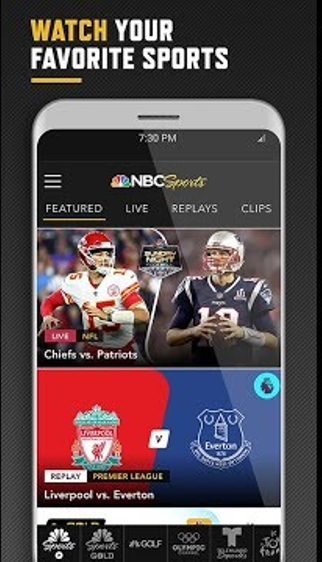Marc Andreessen, founder of Netscape and Andreessen Horowitz defined product/market fit as, “Product/market fit means being in a good market with a product that can satisfy that market.”
https://web.stanford.edu/class/ee204/ProductMarketFit.html
In a great market with lots of real potential customers, the product or service has to be able to solve the user’s problems. You need to create a need for your product/service in the market by targeting a market segment that finds your product/service attractive.
- Creating a better product than the product/service launched in the market or be the first to launch it
- Developing an app that solves a core purpose and help the users solve problems with key features available in the app
- Outlining the strengths of your app and constantly updating it as per user feedback and updating trends
- Identifying metrics that are important for the app and ensure that the user is visiting it at regular intervals
Using Product/Market Fit Canvas at Each Stage
Based on their type, segment them into a user group; for instance, classify them according to their gender, profession, age, etc.
Thirdly, list the features that your app offers them which will help them solve their problems; for instance, Uber solved a core problem which is door-to door travel service and then later kept solving user’s crisis by introducing Uber Pool, which is cheaper and more environment friendly.
Taking the Uber example, take a look at the table that can be created:
During the Beta testing stage, use the canvas to:
- Analyze the application features and come up with ideas to improve them (Update App Features)
- Identify the main competitors and find a way to out-do them by introducing better features
Taking the Uber example, take a look at the table that can be created:
Requesting User Feedback
User feedback is the most important factor that decides if your app is going to be a hit or miss. Email surveys can be used to ask users to give feedback. One of the most popular way is to use the Net Promoter Score (NPS).
An NPS is obtained using a survey that asks users to rate an app on a scale from 0 to 10, where 0 means they would never recommend this app to family and friends and 10 means they would definitely recommend the app to family and friends. You can add some extra questions to such a survey to let users explain what they like and dislike about the app.
Once the user shares their feedback, you can make the necessary changes and use the Update feature to incorporate it. Although, there are times when the feedback received is not valid or has confusing and not very detailed feedback.
40% Rule
Sean Ellis, who founded GrowthHackers, suggests that the company should use the 40% rule to conclude if the users actually like and need their app. Ask the users, “How would you feel if you could no longer use this app?” with the below options:
- Really disappointed
- A little disappointed
- Not disappointed
- Already not using the app
If 40% or more of surveyed users say they’d be really disappointed, your app is considered to be a success. This feedback should come from users who have either used the app twice or used it within the last two weeks. This will help you get a definite KPI for your app which you can set as a goal.
Active Users
Andrew Chen, the former Head of Growth at Uber and a general partner at Andreessen Horowitz, stated that the app’s success depends on active users – further segregated into Daily Active Users and Monthly Active Users. The app metrics that showcases 20% of daily or monthly users, the app can be called successful; whereas, if an app has 50% or more daily or active users, they are considered to be “superstars”. Some examples include, Facebook, WhatsApp, Instagram, etc.
Retention
Alex Shultz, VP of Growth at Facebook, has his own criteria to measure if an app has product/market fit. He focuses on the retention rate; when it remains stable for a certain period of time or even keeps growing, you’ve achieved product/market fit.
This helps you to have a definite metric to focus on based on your business specifics. The metric also hints at when you need to update your app and also helps you predict your app’s growth.
To Conclude
Most of the information you get on product/market fit is about making an app that achieves just more than a marginal niche. There are a number of products or tool kit apps that can be considered as good examples of a niche service/ product. These are rarely few brands in the mobile app industry, as most apps are mainly focusing on the mass markets.
To build a product or service that is worthwhile, mobile app developers need to keep their attention and invest their time on the product. If mobile app development is not your main business and you choose a company to help you achieve the best fit! Contact the Vancouver Mobile App Developers App Scoop team.











